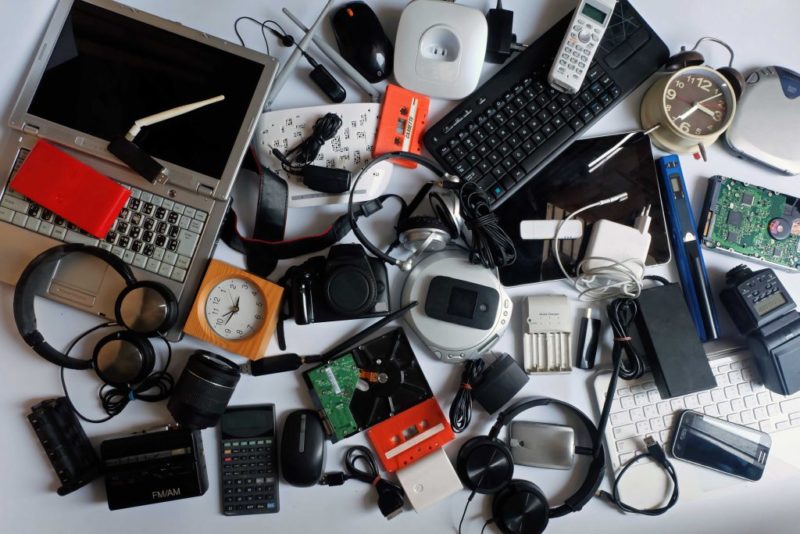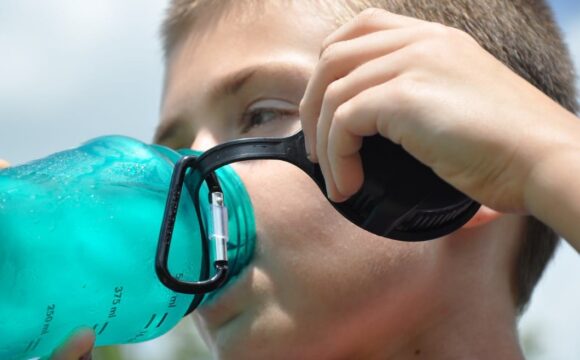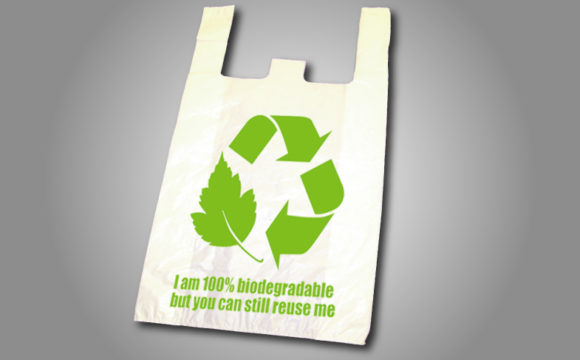Ever thought about where your old discarded computers, mobiles, television sets or remotes land up after you have sold it for scrap? Yes, a few of the parts are removed and reused. But a majority of the electronics end up in vast dumping grounds meant for e-waste (electronic waste). With the rising demand for technology, e-waste accumulation has become a growing global environmental and health hazard.
Illegal recycling of e-waste increases exposure to large amounts of heavy metals like cadmium and chromium, all of which can cause extensive damage to the human nervous, reproductive and digestive systems.
E-waste dumping grounds
While this is one end of the spectrum, e-waste also poses a huge threat to the environment and ecosystem. Over the years of accumulation of e-waste in dumping grounds, harmful components like heavy metals and organic pollutants begin leaching into the soil and eventually get absorbed into the biotic food chain through soil microorganisms and plants. These pollutants can play a critical role in disturbing the ecosystem balance and affect the diversity of plants and soil and water animals. Microbial community and their dynamics are a large determinant of environmental health, understanding the influence of e-waste on soil microbes can help us understand and deal with the looming problem of e-waste related environmental pollution.
Constituents of e-waste
e-waste contains large quantities of persistent organic pollutants and heavy metals. A summary of some of the common constituents is given in the figure below.
Soil microbes and e-waste
The contamination of soil with high concentrations of heavy metal from e-waste can affect the functions of soil microbes and can also disturb the natural solid microbiota. On the other hand, several studies have noted that presence of organic pollutants and heavy metals in the soil encourages the growth of microbes which are resistant to the presence of such contaminants. Some of these microbes also have the ability to degrade the contaminants. For example, a 2013 study by Wu et.al. in China demonstrated that, soils contaminated with BDE 209 had greater presence of microbes like Fermicutes, which had high resistance to BDE 209.
Genetic studies have also shown that such pollutant-tolerance and degrading capacity of microbes are under the control of the microbial genes. Scientists have found genes responsible for chromium detoxification, aromatics degradation, etc in microbes growing in contaminated soils.
Remediation of e-waste
Now that we know that microbes have the ability to degrade e-waste, how to do we use it to tackle the problem of e-waste pollution? Heavy metal and organic pollutant-resistant microbial species can be employed to effectively reduce the effect of these contaminants on the environment. This ability of microorganisms can be enhanced by combining it with physical methods such as heating, ultrasonication, etc. Further, it has also been reported that microbial remediation of heavy metals and organic pollutants can be effectively exploited to recover precious metals such as copper, gold and silver from e-waste. The figure below shows some microbes which have been identified to have properties useful for e-waste remediation.
A: Microbes involved in remediation of heavy metals
B: Microbes involved in the remediation of organic pollutants.
With simple measures, we can largely reduce the generation of e-waste.
- Reduce the number of devices being used by you. Due to new models coming up every year or every 6 months, and falling prey to their marketing strategies, many people tend to keep changing their devices, and dump the old ones. Control your desire to use new models, and keep your devices to the minimal necessary.
- If you are dumping any device which is still in working condition, give it away to someone from your family, friend or even charity so that it does not go into waste.
- In case the device is not in working condition, instead of throwing in dustbin, give it to some company that specializes in refurbishment, or give it away to the shop where you are buying new devices. Recycling can help to reduce
It is our responsibility to ensure that we dispose our e-waste through safe channels to prevent it from polluting the environment. We can contribute by disposing e-waste only through certified civic institutions so that it does not come in the hands of illegal recyclers. Reusing and donating can go a long way in preventing the unnecessary accumulation of harmful e-waste.














